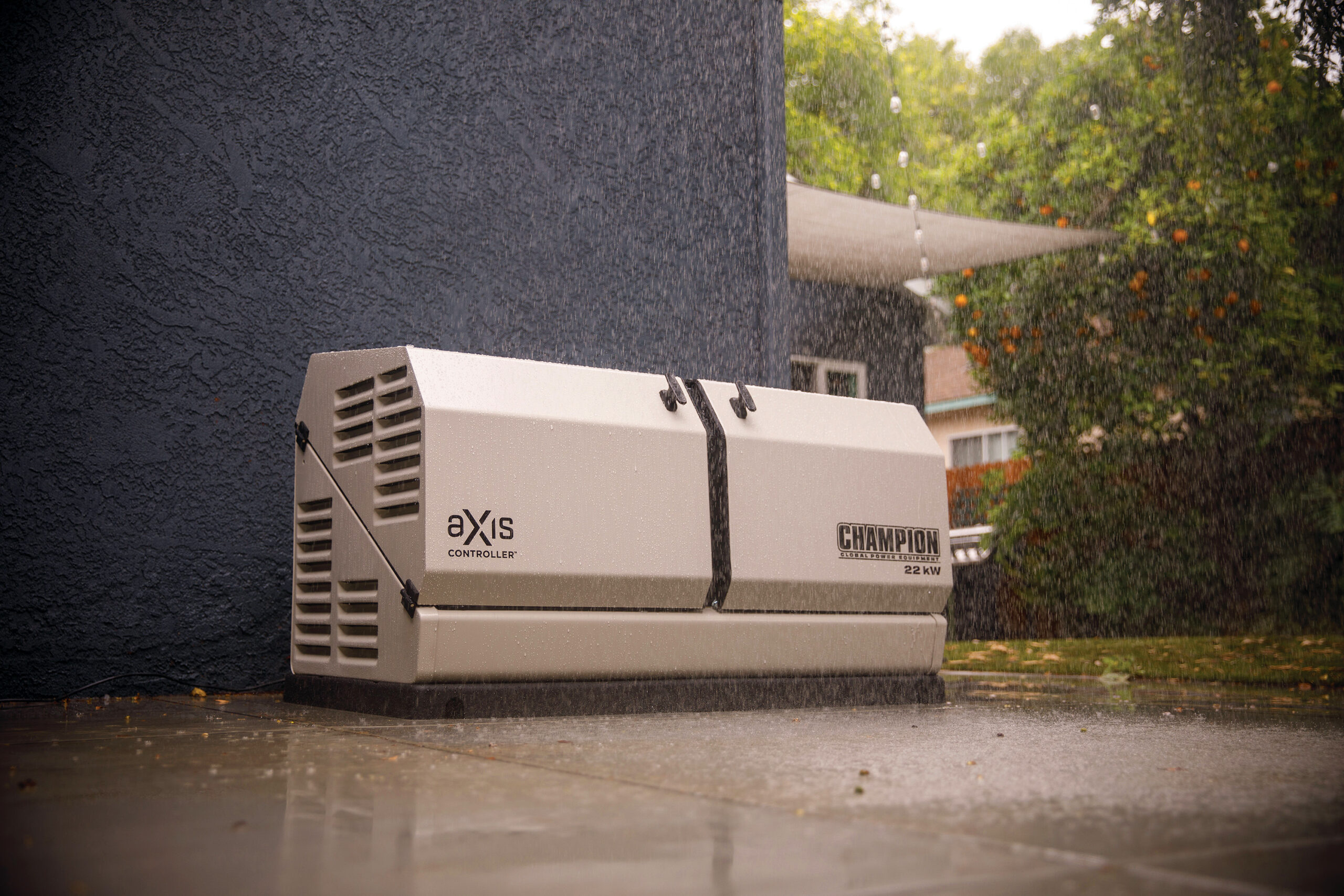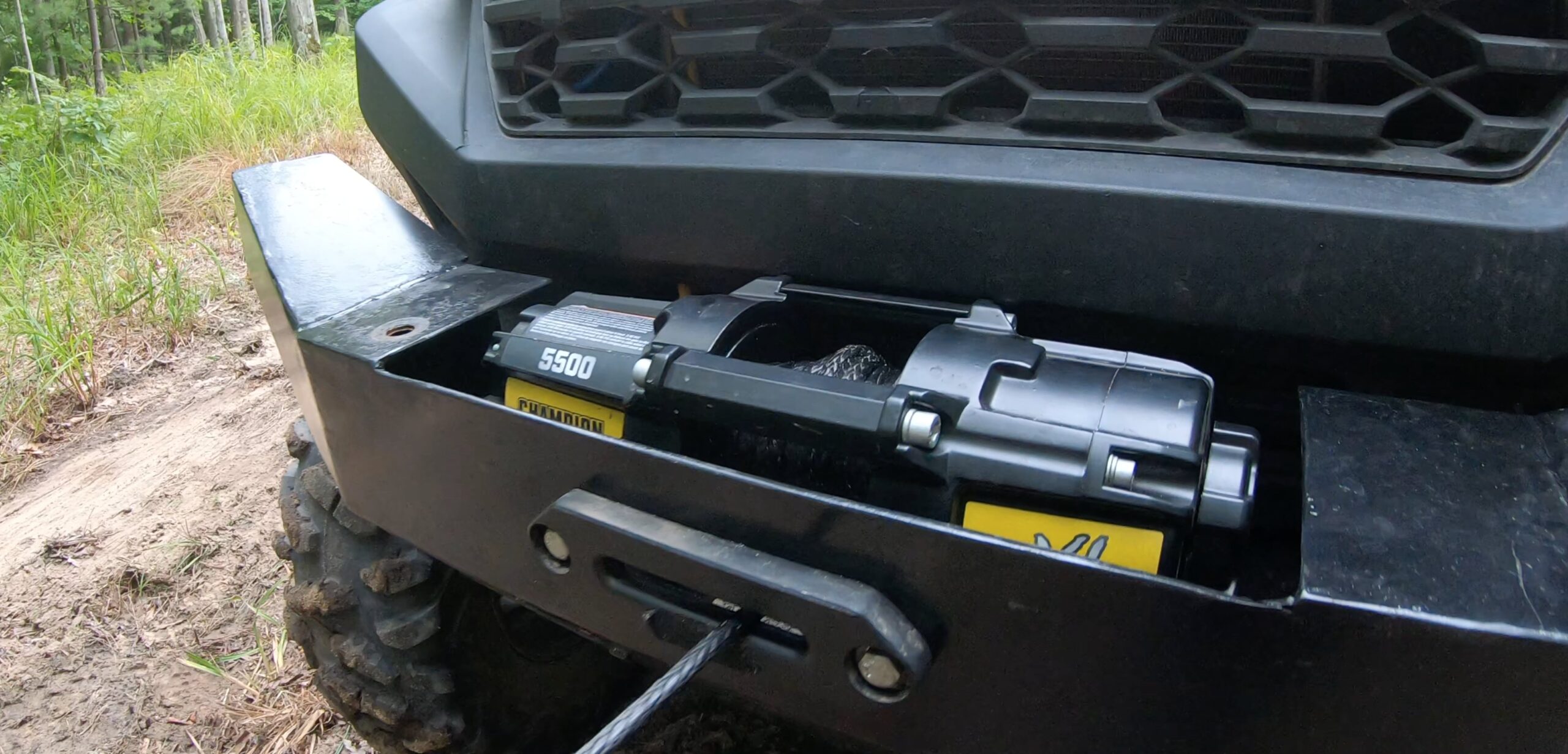Staying Prepared during Hurricane Season
We’ve reached the middle of the year once again, and with it comes hurricane season. The 2025 Atlantic hurricane season officially begins on June 1 and runs through November 30. According to the U.S. National Oceanic and Atmospheric Administration (NOAA), this year’s season is expected to be “above-normal”, similar to 2024, due to warmer ocean temperatures.

NOAA predicts between 13 and 19 named storms, with six to ten of those potentially developing into hurricanes. Of those, three to five may become major hurricanes. Don’t be caught off guard when a natural disaster like a hurricane strikes. Stay one step ahead by making your emergency preparations now.
Before the Storm Approaches
Preparation is a key part of safety. Having an emergency plan and being well-equipped can make all the difference. One of the most critical components of hurricane preparedness is securing a reliable backup power source. A generator ensures that key appliances like refrigerators, medical devices, and lighting remain operational, preventing food spoilage and supporting health and communication needs.
Stay alert by monitoring local news and weather updates for any hurricane watches or warnings. Know if your region is hurricane-prone and sign up for local alerts. Take preventive steps like trimming dead branches or removing hazardous trees that could fall onto your home during high winds. If you live in coastal or low-lying areas, prepare to evacuate to higher ground. Coastal winds can produce massive waves that evolve into storm surges, causing dangerous flooding.
Ensure your emergency kit is fully stocked and ready. Families should be able to sustain themselves for at least 72 hours. Kits should include water, non-perishable food, cash, a portable radio, and any unique necessities such as medications, baby supplies, or pet food.
As the Storm is in Motion
Be ready to evacuate at a moment’s notice. Stay up to date with the latest advisories through the radio, television, internet, or trusted social media sources. Always follow instructions from local authorities and avoid flooded roads or damaged bridges. If the eye of the hurricane passes over, you may experience a brief calm, but this is temporary. Remain in a safe, windowless area (not the basement), as intense winds will resume shortly, often from the opposite direction.
After the Storm has Passed
Continue monitoring news reports for updates on local conditions. Be cautious of post-storm hazards such as flooding, landslides, and structural damage. If using a generator, always follow safety guidelines: operate it outdoors, protect it from moisture, place it securely, avoid overloading or using inappropriate extension cords, and use protective covers like a Storm Shield if it’s still windy and or rainy outside. Stay clear of damaged areas, fallen power lines, and hazardous debris. Avoid potentially contaminated water, and discard any spoiled food, even if it was refrigerated. Document any property damage by taking clear photographs of both the building and its contents for insurance purposes.
Why Power Matters
When electricity goes out, your refrigerator, lights, phone chargers, and even air conditioning become unusable. Spoiled food can lead to high replacement costs, while a lack of communication devices can leave you disconnected from critical updates. High temperatures and humidity may even damage your home’s interior.
Millions lost power during the previous Atlantic hurricane season with many people in the path to potentially lose power this time around.
Safety First
Never use a generator indoors. Generator exhaust contains carbon monoxide: a deadly, invisible gas. Always operate generators outdoors, far from occupied buildings, with exhaust directed away from people and structures.
Champion Power Equipment: Your Partner in Emergency Power
Standard portable generators provide dependable backup power exactly when it’s needed. With options running on gasoline, propane, or natural gas, you can choose the right model for your home’s specific needs—whether it’s powering essential devices or your entire household.
Inverters are lightweight and portable. They deliver clean, efficient power ideal for sensitive electronics and essential appliances. They’re perfect for maintaining comfort and communication during outages.
Power stations offer a dependable and efficient indoor power solution. Since they operate without fuel, they produce no emissions and run silently—perfect for staying inside without having to brave the storm.
Home standby generators connect directly to your home’s fuel supply and automatically activate during an outage, keeping your home powered without the need for refueling, offering peace of mind and uninterrupted comfort.
Protect your generator or inverter with a Storm Shield. It defends against rain and wind, helping prevent water damage and electrical issues. This protection ensures your unit continues functioning safely through the storm.
24/7 Customer Support
At Champion, our customer support team is available 24/7, ready to assist you whenever you need help. We know how frustrating it can be to wait for support, which is why we offer immediate assistance via phone or live chat. For those who prefer a do-it-yourself approach, our Help Center is packed with articles and self-service resources to guide you. Plus, our YouTube channel provides an extensive library of technical videos, offering everything from maintenance tips to troubleshooting guidance.

